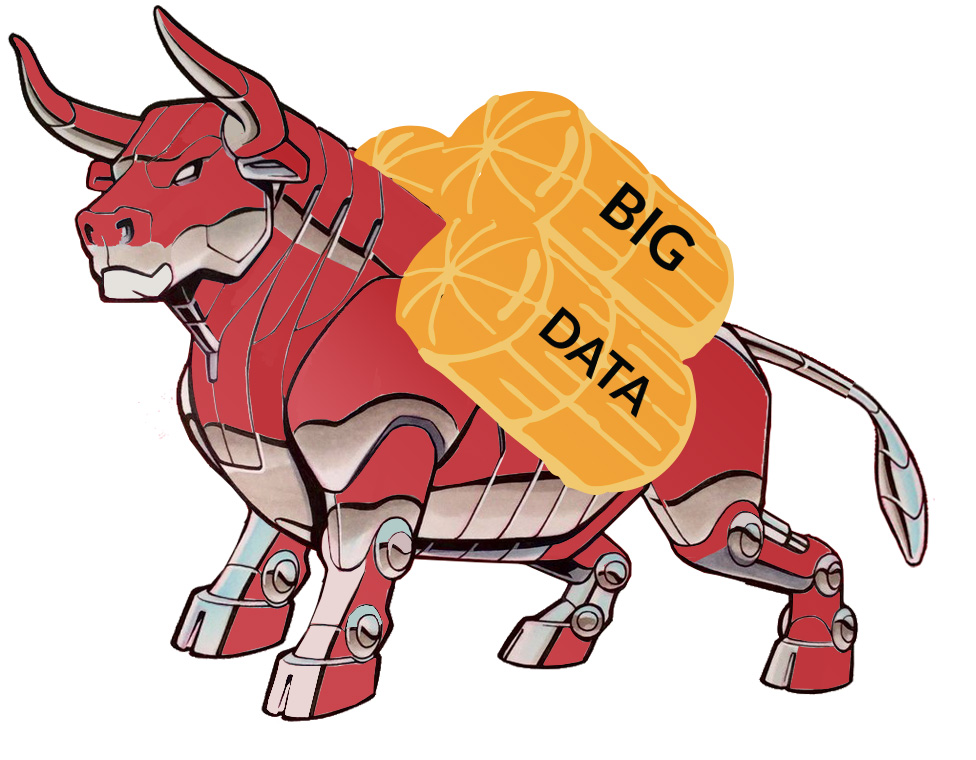
Multiple timeseries data
Description
A timeseries represents an ordered collection of values of an event (or item) over time. A multiple timeseries represents the collection of multiple timeseries gathered from multiple items over a particular duration. Depending on the values stored in a series, a multiple timeseries can be broadly classified into two types:
- binary multiple timeseries and
- (non-binary) multiple timeseries .